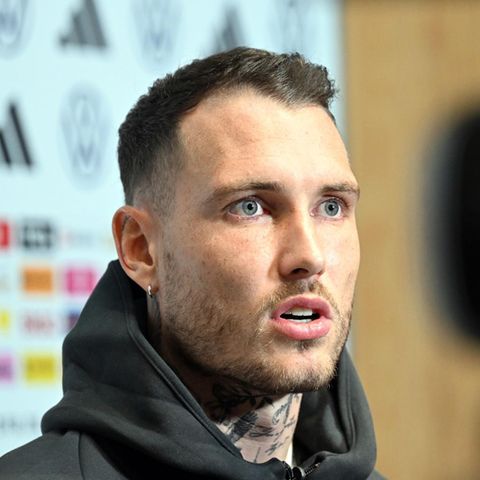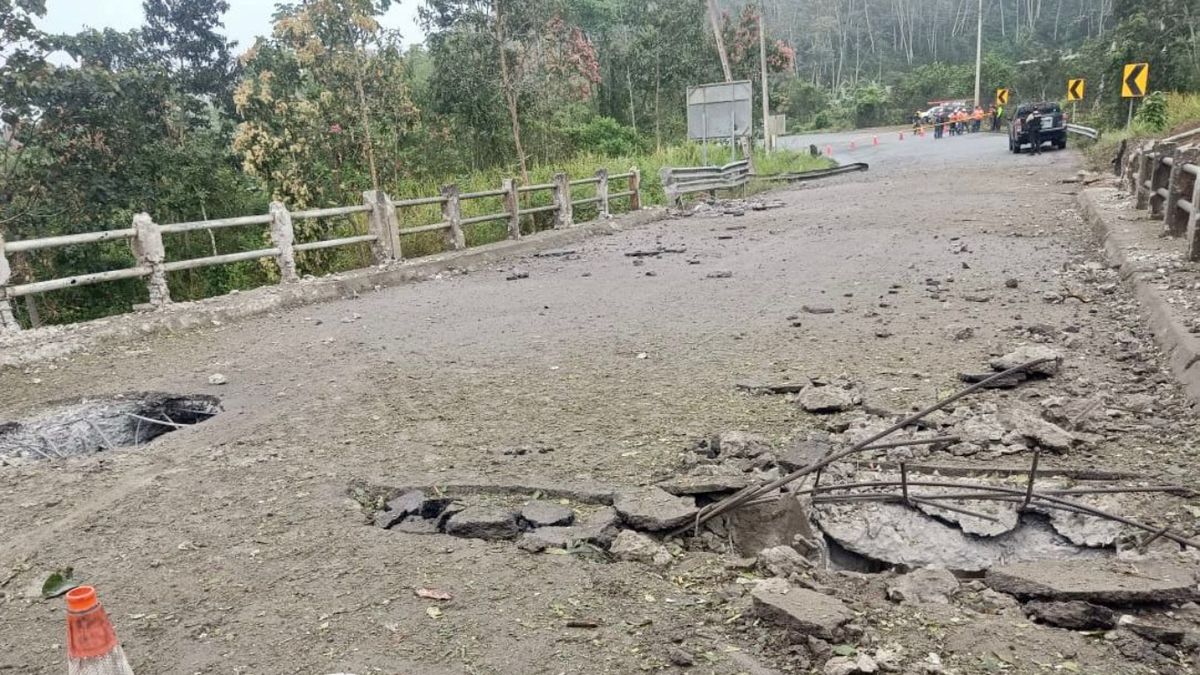On site
Fridays for Future is in crisis, many people have turned to other topics. But on the global climate strike day, the movement is signaling: We are still here.
Arthur is 15 and he’s pretty pissed. None of his classmates wanted to go to the global climate strike. He proudly holds up his sign in front of the Brandenburg Gate and says: “For the others, the math lesson was more important than the future of our planet.”
He stands on tiptoe, stretches his neck and turns in a circle: “I’m a bit short, but at least it looks like a lot of people came.”
It is the 13th global climate strike, five years after Greta Thunberg first sat in front of the Swedish Parliament with her sign “Skolstrik for Klimatet”. Fridays for Future has registered demonstrations in over 250 cities in Germany today. The organizers were hoping for 10,000 participants in Berlin alone.
“There is no second planet”
At 12 p.m. they begin to gather in front of the Brandenburg Gate. Luisa Neubauer, the band Juli and the musician Bosse and around 24,000 other people came – at least according to Fridays for Future. The police counted about half as many. Are there many or few? Too little or enough?
The Fridays for Future demo looks the same as always: Huge banners saying: “There is no second planet.” Plastic globes filled with helium float above people. The sun is shining and the participants are putting sunscreen on their noses. Two young women moderate on stage and shout: “What do we want?” the crowd responds: “Climate Justice!”
But just for comparison: On September 20, 2019, exactly five years ago to the week, 270,000 people in Berlin followed the call for a global climate strike, and 1.4 million across Germany. Back then, people didn’t know anything about a corona pandemic and they paid an average of 1.70 cents for a kilowatt of gas. That’s different today. And Fridays for Future, protest researchers attest, is in an attention crisis.
Luisa Neubauer disagrees. She gives the opening speech in front of the Brandenburg Gate and says: “It’s easy to let yourself be talked down to.” After all, people have once again been mobilized for a climate strike in over 250 cities, she shouts. “This is no small thing!” The government has been trampling on its climate goals for five years. “The scandal of today is that after five years we are still needed.”
The movement’s demands are specific: They want the federal government to strengthen the climate law and not weaken it. The sector targets for emissions savings anchored in the climate law should therefore remain in place. Climate money should finally come to socially offset the consequences of the climate crisis. The climate demonstrators – 24,000 or 12,000 – march through the urban canyons of Berlin’s government district. Techno basses boom and they sing. “These are not OUR climate goals, but YOUR goals, Mr. Scholz,” shouts Luisa Neubauer and the participants cheer.
“Baby for Future”
Many people are here today because the signs of the climate crisis scare them. Pauline Fröhlich is 32, her baby sleeps in a carrier bag that she carries in front of her stomach like a backpack. There is a sign on it – “Baby for Future”. Her family in Greece keeps telling her about fires and while on vacation in Slovenia, friends witnessed the flood disaster. “You can no longer not talk about climate change.”
The influencer Lou also came to the Brandenburg Gate. She rocks slightly to the beat of “Geile Zeit,” which Juli is currently performing on stage. Have you noticed that there are fewer people here than before? “Above all, it’s not just young people here anymore,” she says. She has already made an Instagram story about the climate protest. 95,000 people follow her on social networks.
The Corona crisis initially meant a turning point for the movement and its weekly demonstrations. Last year, when large-scale protests were finally allowed again, Germany was in the middle of an energy crisis. There is no time for climate protection when a cold winter threatens. And now also the last generation.
The hatred for the protest group’s actions is enormous. Nevertheless, Fridays for Future and the Last Generation have jointly called for the protests today. No sticking actions – that was the deal. Luisa Neubauer emphasizes again: “The important thing is not that we can agree on a form of protest. But that we agree that protest is necessary.”
Some people line up during their lunch break
At the edge of the demonstration, men in suits and women in stylish costumes stand. Lunch break in the government district. The lobbyist for a large bank observes the procession and says: “Of course you feel addressed.” Fridays for Future has already initiated processes in his company. “It is now clear to everyone that there is no getting around the green transition here.”
Europe
Adapting to the consequences of the climate crisis: These cities are best prepared
Another man in a gray suit walks along the clean sidewalk next to the demonstration. Suddenly he takes off his jacket, throws it over his arm and then goes out onto the street. “I have lunch break, so I can take part,” he says. He joins the demonstrators. He doesn’t want to give his name; he explains that he works in the Foreign Office.
What does he think of the demonstration? “Well, important!” he says. “As a private person, I can say: I think we could do even more to protect the climate.”
Source: Stern
I have been working in the news industry for over 6 years, first as a reporter and now as an editor. I have covered politics extensively, and my work has appeared in major newspapers and online news outlets around the world. In addition to my writing, I also contribute regularly to 24 Hours World.




